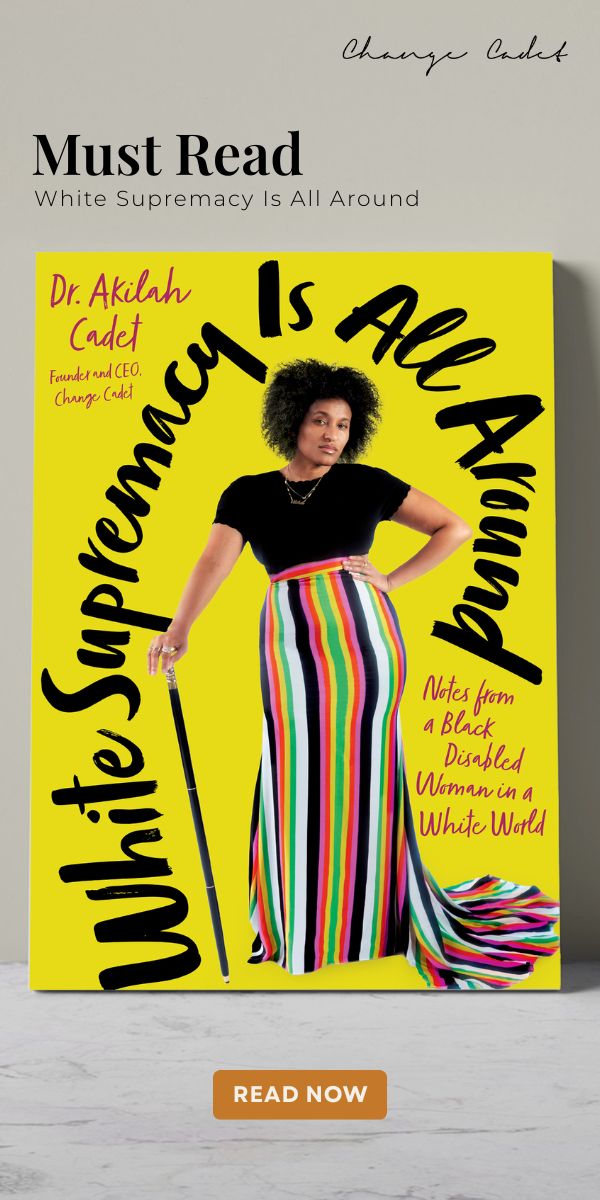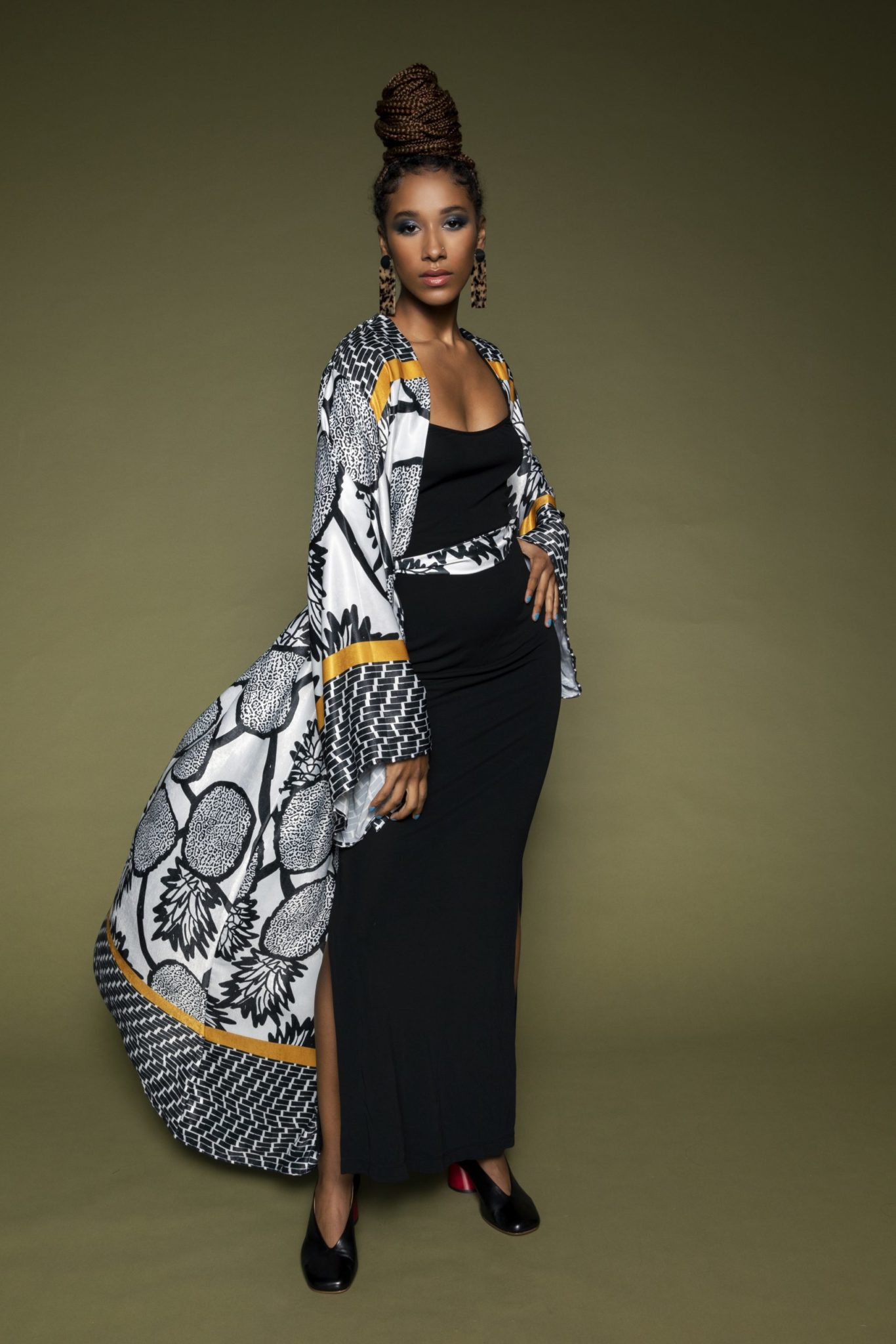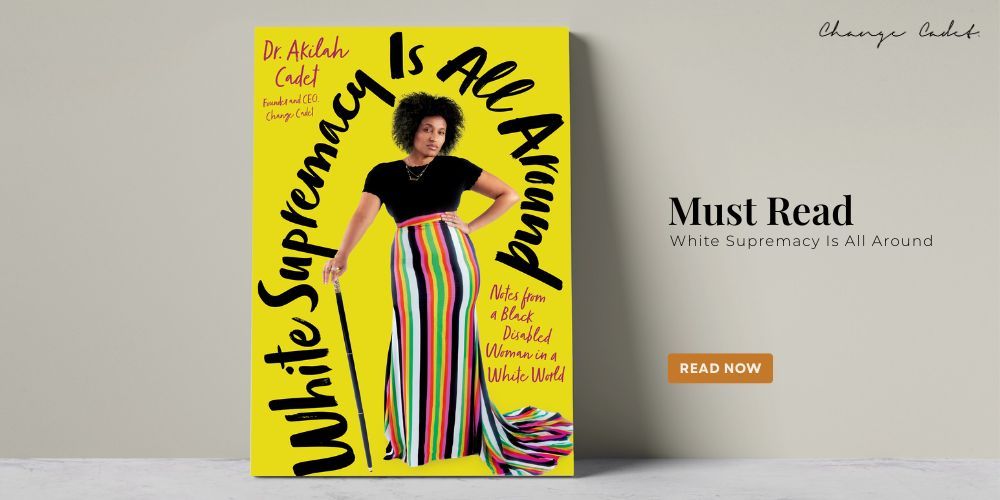No products in the cart.








Abby Young
Before the read
From Elizabeth Keckley to Virgil Abloh, these trailblazers broke boundaries and inspired new ways of thinking about style and culture.
With bold design, inclusivity, and cultural influence—Black creatives pioneered trends that luxury fashion now embraces.
Celebrating legacy and creativity, this month honors designers whose impact went far beyond the runway.
Before the read
From Elizabeth Keckley to Virgil Abloh, these trailblazers broke boundaries and inspired new ways of thinking about style and culture.
With bold design, inclusivity, and cultural influence—Black creatives pioneered trends that luxury fashion now embraces.
Celebrating legacy and creativity, this month honors designers whose impact went far beyond the runway.
In celebration of Black History Month, we are choosing to recognize the influence of Black fashion designers, with innovations that blended cultural heritage and challenged heteronormative, White industry norms. Before the rise of Black designers and broader cultural shifts, Western fashion houses minimally represented other designers, models, or influences of color. There was a noticeable lack of representation in high fashion, and more significantly, though Black culture heavily influenced fashion, Black designers and creatives were rarely credited. Yet pioneers like Elizabeth Keckley and Willi Smith, or contemporaries like the late Virgil Abloh and Telfar Clemens, have impactfully shaped the course of fashion; their legacies have paved the way for future Black and brown designers.

One of the earliest Black designers to make their mark, Elizabeth Keckley was a formerly enslaved woman who soon became highly sought after for her dressmaking. She bought her and her son’s freedom in St. Louis, Missouri, then moved to Washington, D.C., in 1860, where she opened a dressmaking business that grew to a twenty-member staff. Keckley became the designer for First Lady Mary Todd Lincoln in 1861 and for other wives of politicians like Jefferson Davis and Robert E. Lee. Significantly, Keckley used her success to advocate for freed slaves and write a detailed memoir of life in the White House.
Willi Smith was a revolutionary designer who sparked streetwear’s beginnings in fashion before the style’s contemporary rise. In 1976, Smith launched WilliWear, a brand that took comfort, relaxed silhouettes, and affordable prices into the high fashion sphere. Smith was one of the first to create clothes inspired by the apparel of everyday people on the streets. He was also one of the first to show both menswear and womenswear on a single runway. Smith used his designs to challenge stereotypes of race, class, and gender. He created patterns to allow others to sew their clothes. His influence on streetwear resulted in more inclusivity in fashion and more recognition for Black designs.
Stephen Burrows was one of the first Black designers to gain international acclaim. His designs were recognized for their clever use of color, silhouettes that molded to the body, and the conception of lettuce hems. Lettuce hems, or frilled hems, were invented by Burrows and were popular in the disco era because of the movement they allowed when dancing. Burrows’s designs defined the vibrance and culture of the 1970s.
Virgil Abloh, the artistic director for Louis Vuitton menswear, redefined high fashion with his luxury label Off-White in 2013. Abloh merged streetwear style with luxury fashion and drew from cultural references that challenged the traditions of high fashion. His blended designs and inclusivity for younger generations were an iconic and widely appreciated innovation in fashion. Off-White became a global sensation, and Abloh was respected as one of the few Black designers to lead a major European fashion house.
Pharrell Williams, a successful musician, is also regarded as a major force in fashion. His collaborations with brands like Adidas, Chanel, and Louis Vuitton—where he now serves as the menswear creative director—have pushed the limits of streetwear and luxury in innovative style. His brands, Billionaire Boys Club and Ice Cream, are beloved by streetwear fans. Williams’s impact on fashion and streetwear is proof of hip-hop culture’s significant influence on high fashion.
Kanye West also has had a huge influence and impact on streetwear in high fashion through his Yeezy brand, founded in 2009. His designs are a futuristic, minimalist take on streetwear—something we’ve never seen before. Some of his collaborations, like his release with Adidas, left people desperate to get their hands on a pair. Despite West’s controversies, his impact on both rap and fashion is hard to ignore.
We consider Rihanna the queen of inclusivity. Her Fenty brand made waves in the luxury fashion industry, challenging Victoria’s Secret’s then-outdated standards. Fenty was the first Black woman-led fashion house under LVMH. Rihanna took an incredibly inclusive approach to her designs, offering a diverse selection of apparel that catered to an array of body types. Her models had different skin tones and sizes, encouraging the differences in body types.
Liberian-American designer Telfar Clemens founded his luxury fashion brand Telfar in 2005 while studying at Pace University in New York. Through his brand, he began designing gender-neutral, unisex clothing and released the Telfar Shopping Bag, otherwise known as the Bushwick Birkin, in 2014. The Bushwick Birkin was a sleek, minimalist bag that grew so popular that his collections sold out immediately online after each release. Telfar has become a symbolic brand of accessibility, innovation, and inclusivity; thanks to his brand, “luxury” and “expensive” did not have to be synonymous.
Looking ahead, Black designers are beginning to embrace Afrocentrism in their designs, incorporating more traditional African motifs into luxury fashion. Similarly, digital fashion is on the rise, with many designers exploring virtual clothing and designs as a new area for creativity and innovation. Yet most of all, Black brands are growing more mindful of the textile industry’s harm to the environment and adopting sustainable practices. Sustainability is a key priority. Many Black designers today value ethical production and slow fashion.
Despite their impact, Black creatives continue to deal with systemic barriers, like limited access to funding or underrepresentation in big fashion houses. Thankfully, initiatives like Harlem’s Fashion Row and McDonald’s Black and Positively Golden Change of Fashion program are offering mentorship, visibility, and financial support to emergent Black designers.
Black designers have revolutionized fashion through talent, boldness, and authenticity. Blending cultural heritage with innovation and reshaping luxury and streetwear has been crucial to their influence in fashion. Black designers continue to pave the way for more inclusivity, representation and deserved credit from fashion houses. By recognizing each individual’s unique and extraordinary contributions to fashion, we allow room for new up-and-coming creatives to continue paving these roads.
The Wrap








